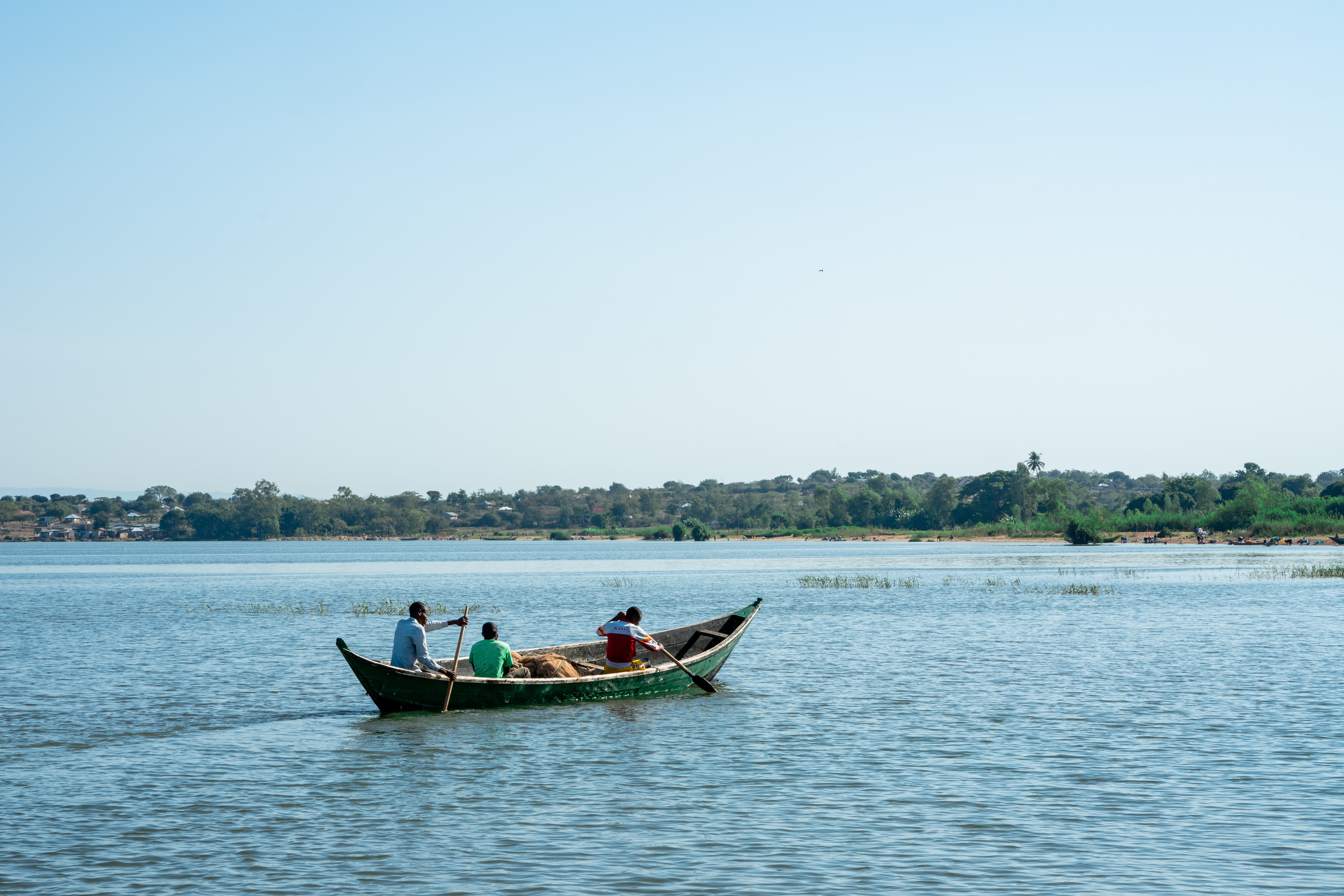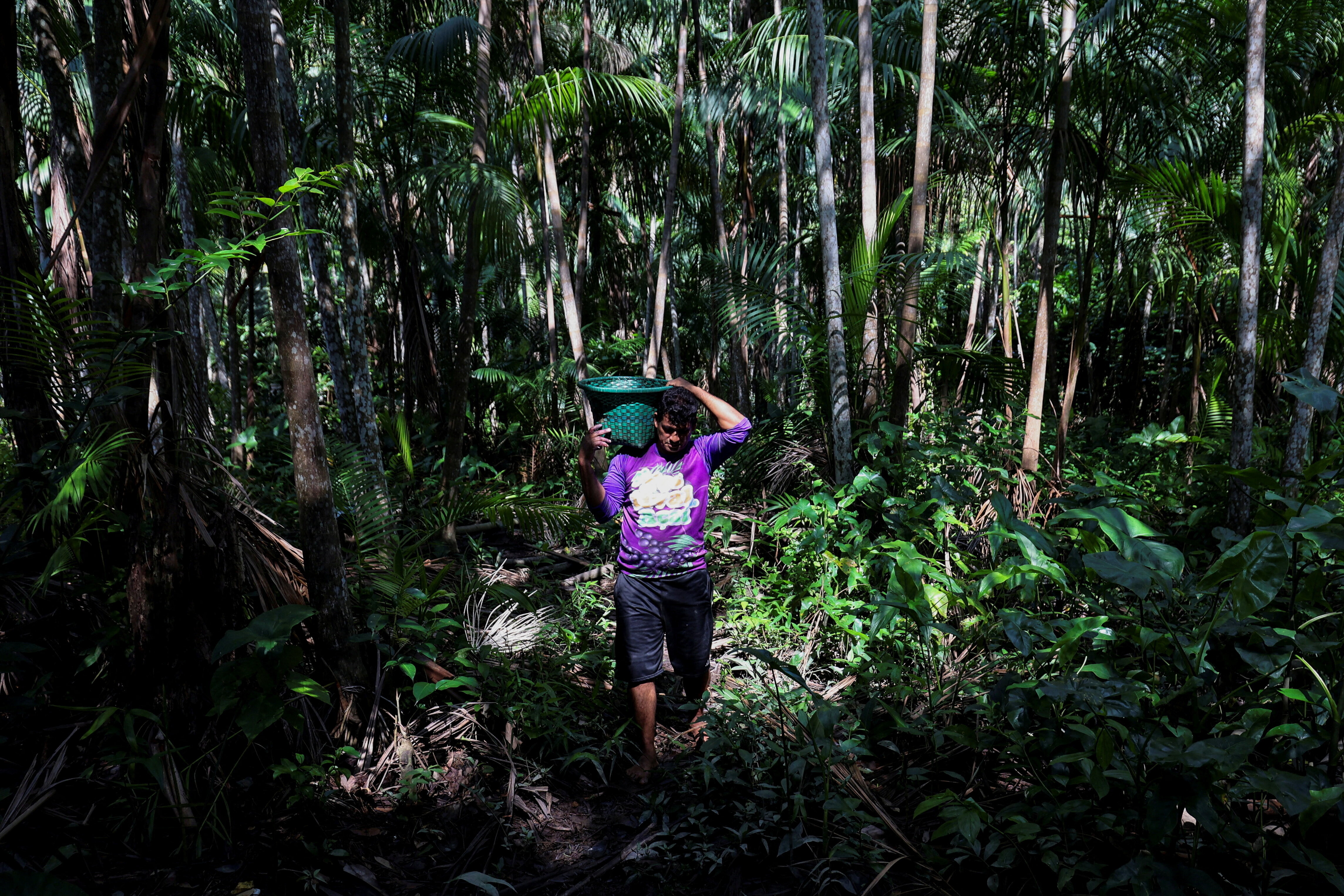The supply chain is dead: Why we must build a ‘living supply chain’ for food

To prevent disruption, everyone must participate in the living supply chain. Image: Unsplash/Anne Preble
Listen to the article
- The food chain has become a more mainstream discussion since conflict, COVID-19 and the climate crisis have laid bare its dependencies and risks.
- Our supply chain for perishable items, such as food, has shown to be particularly vulnerable.
- Building living supply chains by adding time to the supply chain equation and adopting industry-wide initiatives can help eliminate the current risks in the system.
“This year’s food crisis is about lack of access. Next year’s could be about lack of food.”
UN Secretary-General António Guterres uttered that statement in his June 8 speech, a crescendo moment for the food system and a warning for the world.
The words were simple and stark: unless we act differently, we could face hunger on a mass scale, as 49 million people now risk famine or famine-like conditions.
Yet, our world still produces more food than it eats and over 40% of fresh produce goes to waste. So why is momentum on this issue only starting to gain pace?
The world’s most visible issue
Shocks created by war, COVID-19 and climate have begun to overwhelm our fragile food supply chain, raising it to the top of the geopolitical agenda. In the United States, 74% of consumers surveyed in April 2022 said that shortages will continue to “dominate the conversation.” Policymakers, innovators and international leaders agree that we must seek different pathways to ensure food security and move beyond the current status quo of prioritizing efficiency over security.
This shift will also entail moving from dependency to diversity and globalization to regionalization while thinking creatively about how the chain is linked.
When we started Apeel, we challenged a fundamental constraint in the food system: time. Produce is a living, breathing thing with a lifespan. Fresh produce relies on proper handling, storage, humidity and temperature after harvest. A peach can last for 28 days if properly managed, according to Agriculture and Natural Resources (Issue 21614), but if not, it will perish in one to two days. So, why do our established transportation and distribution systems ignore living conditions and treat produce like coal?
As we developed our invisible plant-based protection to extend product shelf-life, we pried open new supply chain potential without needing cold damp containers to lock food away or treat it with pesticides. In doing so, there has been 50% less food waste and risks to the current food system have become more apparent.
Valuing inputs
The global population is growing, therefore, a static food chain cannot keep up the pace to reach everyone in time. Just as cell towers allow us to access the web without landlines, new technologies will enable a food system that connects everyone, nourishing food deserts and lifting small farmers out of poverty.
The “supply chain” is now entrenched in the mainstream lexicon with a wider appreciation for food’s field-to-fork journey, with disruptions to that journey stirring discussion.
That indicates that we value food differently, meriting availability and supply resilience, not just price. Food businesses must replicate these value judgments to win the market. In the face of climate change and growing food insecurity, successful strategies necessarily consider the potential for environmental or societal disruption. These costs have not been part of the “cost of doing business” equation until now.
WWF estimates this “true cost” of food consumed globally at $19.8 trillion, double its market value. Pricing disruption is undoubtedly complex and too much for any company to address alone. An industry-wide effort to price carbon could simplify the equation and help food companies reduce the complexity of understanding the true value of food.
The benefit that matters the most to consumers is the one they can see. Foods that are available, affordable and reliably on the shelf, so they don’t have to waste time and money travelling from store to store.
”Building a living supply chain
It’s important to recognize the food system also links people with different incentives and goals, each optimizing for their role in the chain. We need to understand these supply chains as ecosystems dependent on people, natural resources and their interactions. Only then can we enable suppliers, sellers, policy makers and consumers to see themselves as links in the chain; as part of a living system.
Over the past decade, we learned that adding time to a system that doesn’t have the mechanism to spend it is not enough. By coupling advanced imaging and spectrometry, we can measure the precise degree of ripeness of a piece of produce as it moves through the supply chain. We’re finding that nature’s best defense is itself, plant-based protection can be extended to defend the immune system of fruit against rot.
Technologies to protect, predict and direct our fresh food to its best possible point of consumption are already here. For example, if a piece of fruit is close to maturity, we can direct it to local sellers. If it still has more time, we can turn it toward more distant markets.
Turning from stories to action
For decades, food businesses have differentiated themselves by telling great product stories of health and nutrition, environmental sustainability or flavour innovation. But the marketing on the package won’t matter if that package doesn’t make it to the shelf. That’s why it’s time to disrupt the status quo and turn from stories to action.
The benefit that matters the most to consumers is the one they can see. Foods that are available, affordable and reliably on the shelf, so they don’t have to waste time and money travelling from store to store. So supply chain disruptions no longer disrupt their lives, pocketbooks and everyday conversations.
Retailers that adopt strategies to avoid supply chain risks stand to gain the most. When the next disruption strikes, they will grow market share, as their full shelves sharply contrast with competitors. Because availability and assurance of resilience now lead to consumer decisions and are hallmarks of a living supply chain.
Three months to act
In three months, global leaders will convene for the UN Climate Change Conference (COP27). The Egypt meeting is an opportunity to continue discussions on the climate crisis and its consequences and to make progress.
At COP26 last year, attendees pledged to ensure a “just transition” to ne- zero economies, so no one is left behind. This same principle should facilitate our transition to a living supply chain.
To understand the food system as the singular, unifying force for people on our planet. To ensure the food we produce reaches those who need them and can sustain livelihoods for producers and system workers. For positive system disruption to work, we need everyone to participate in the living supply chain that connects and links us all.
The old food supply chain is dead. It's time to prove the world's most visible issue is also the most solvable. It's time to build the living supply chain together.
Don't miss any update on this topic
Create a free account and access your personalized content collection with our latest publications and analyses.
License and Republishing
World Economic Forum articles may be republished in accordance with the Creative Commons Attribution-NonCommercial-NoDerivatives 4.0 International Public License, and in accordance with our Terms of Use.
The views expressed in this article are those of the author alone and not the World Economic Forum.
Stay up to date:
SDG 13: Climate Action
Related topics:
Forum Stories newsletter
Bringing you weekly curated insights and analysis on the global issues that matter.







